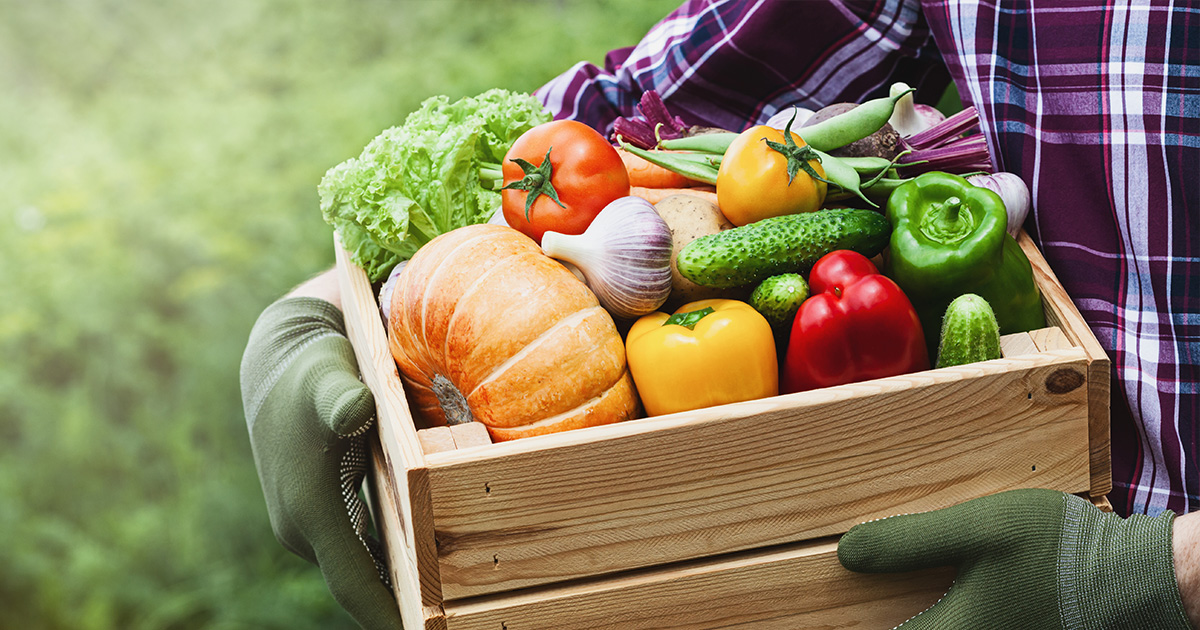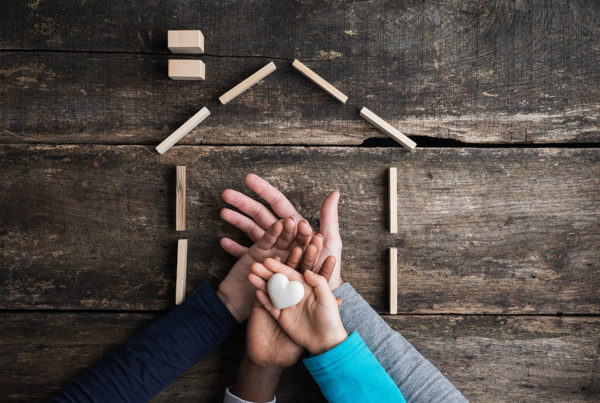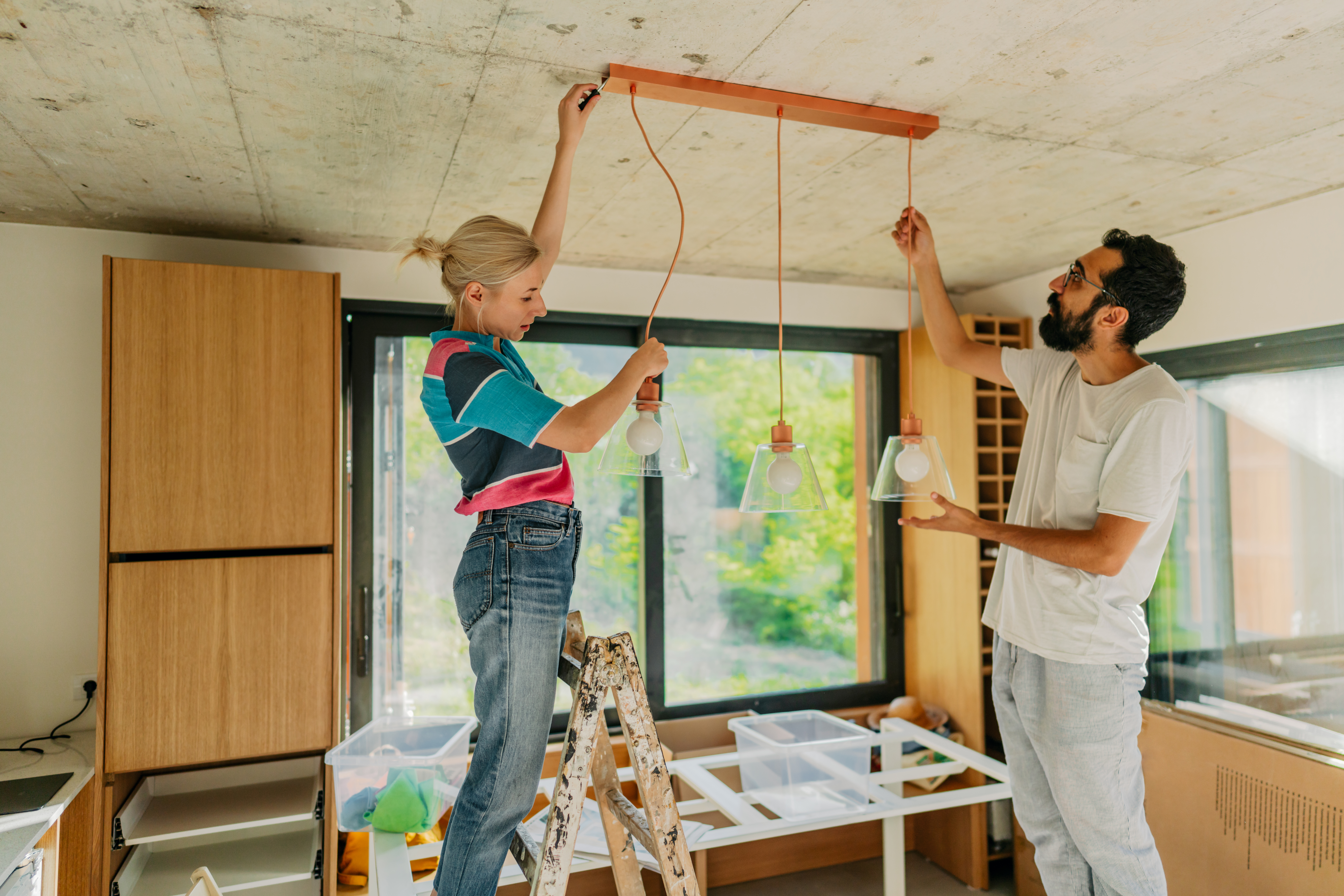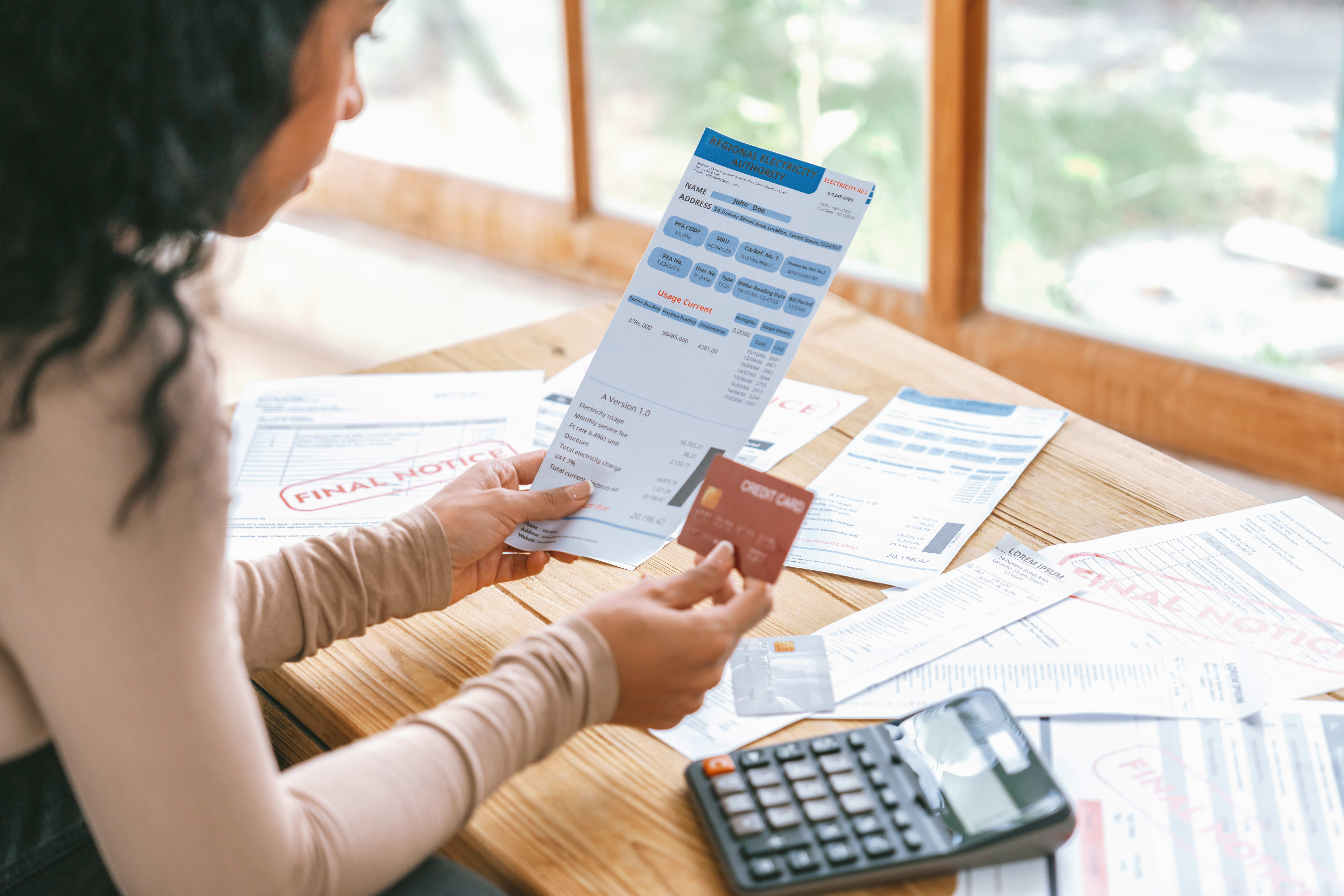Gardening: a social distancing-friendly hobby that gets you moving, out in the warm sun and provides nourishment in the form of fresh fruit and veggies. This year, nurseries and seed companies have seen extremely high demand as people around the globe are staying busy at home by planting a pandemic garden. New and seasoned gardeners benefit from growing their own food and saving an occasional trip to the grocery store, as well as save a few dollars along the way.
We know what you’re thinking…it’s mid-summer and way too late to plant a garden. But that’s not the case! Check out our tips for beginner gardeners and list of late-season vegetables that you still have time to plant this summer.
Gardening tips for beginners
Whether this is the first year you’ve planted a garden or you’re coming back to gardening after many years, these tips will help you make the most of your hobby.
- Start small. The old saying, “don’t bite off more than you can chew” is accurate in more than one way here. Pick one or two of your favorite vegetables to plant and stick to those this year to make keeping up with weeding, watering and harvesting more manageable. You might even consider doing container gardens your first year to reduce the startup costs necessary for things like a garden tiller, shovels, gloves, rakes and garden hoes.
- Keep an eye on grow times and zones. Wisconsin and Illinois are in four planting zones, which are meant to give a good idea of when to plant different vegetables, flowers and plants (scroll down for our list of suggestions). Be sure to check the seed packets at the store for the best times to plant in your area.
- Focus on what you’ll actually eat. While it may be tempting to grab a little bit of everything when you’re walking through the gardening store, stick to what you know you’ll eat. Not a fan of eggplant? Leave it at the store.
- Plan a neighborhood crop share. Love zucchini? Odds are you don’t actually need to plant any in your own garden! Check with your neighbors to see if they have extra produce they’d be willing to swap. Spinach in one garden, lettuce in another and tomatoes in yours means together you’ve got the makings for a great salad.
What to plant in a late-season garden
- Beans: Green, bush, pole and more—beans are a low-maintenance vegetable. Water frequently and you won’t have to do much work (aside from pulling weeds). You can pick beans several times in one season, so you’ll have plenty to share (or freeze and enjoy them all year long).
- Lettuce: Romaine, spring mix, arugula and the lettuce list could go on and on. The key to harvesting lettuce all season long lies in when you pick it—be sure to trim the lettuce before it reaches its full size and it will keep growing back.
- Peas: There are also many varieties of peas, but for late season planting in the Midwest, stick to snap peas. Peas need a little more attention, so plant them in a shady area to protect them from the high heats in late-July and early-August, and put mulch around them to help hold moisture in.
- Broccoli: While they may be tough to find in stores later in the season, broccoli plants can be planted in late-season gardens. Keep in mind that they may not produce heads of broccoli during the hottest summer days.
Whether you’ve never gardened before, you’re a seasoned pro or somewhere in between, now is a great time to try late-season gardening. Know someone who’s interested in starting a garden? Share this blog post with them!






 Federally Insured by NCUA |
Federally Insured by NCUA |  Equal Housing Opportunity |
Equal Housing Opportunity |